Knee Pain & Running: A Self-Care & Prevention Guide
Running is a skill. I repeat, running is a skill. And if it weren’t a skill, then why do so many of us suffer from running-related knee pain each year?
8 out of 10 people suffer from lower extremity running-related injuries each year.
Think about that. If you were told that you had an 80% chance of getting struck by a vehicle every time you crossed the street this year, and no, this is not pedestrian-ing while texting, you may think twice about doing so. But yet, we grind out mile after mile, even if it looks and feels like we’re driving before the wheel was ever invented.

It’s mind over matter for only so long. So here’s a first aid kit on how to put the flames out on running-related knee pain (without icing OR orthotics) and a strategy guide on how you can stop playing the most dangerous version of real-life Crossy Road and start hitting the pavement pain-free again.
The First Non-Step: Identifying the Hot Spots
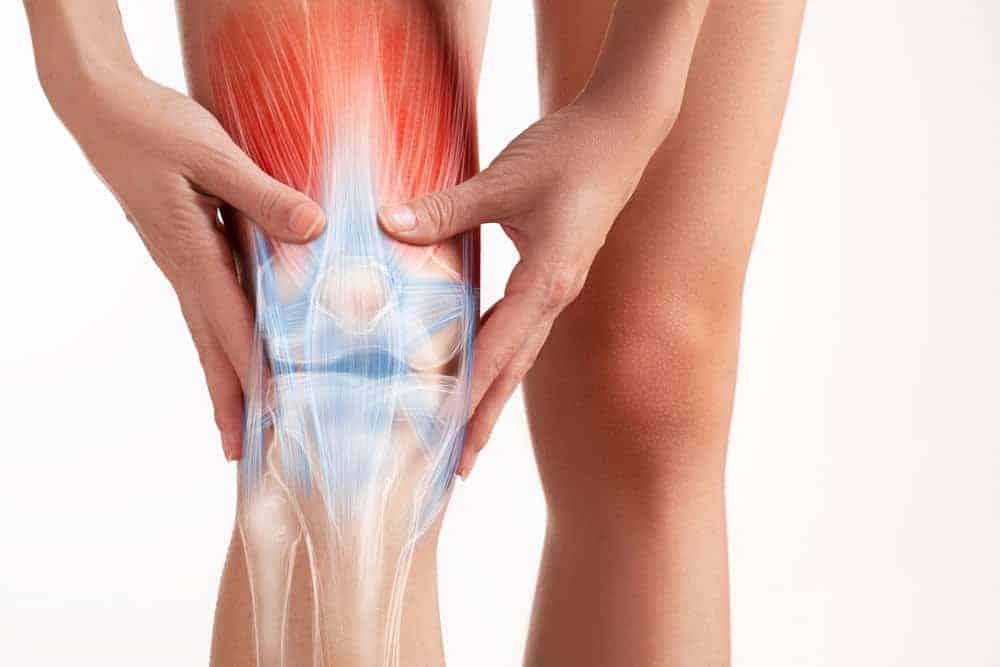
Some of the most common running-related knee problems that you may have heard of are chondromalacia patella, patella tendonitis, ITB syndrome, and pes anserine bursitis. Chondromalacia, or “Runner’s Knee”, is pain along the front of the knee from excessive friction to the kneecap. Patella tendinitis or “Jumper’s Knee” is pain along the tendon that sits along the front of the knee below the kneecap. IT band syndrome is pain along the outer thigh side of the knee. Pes anserine bursitis is pain along the inner thigh side of the knee.
Without downplaying the role that pain may carry in your life, keep in mind that this article is for running-related knee pain. If you’ve just crashed down on your foot causing your knee to buckle and move like it’s a baby tooth on its last wiggle before a visit from the tooth fairy (or Millenium Falcon), bookmark this article and go seek medical attention.
If you have any of the above-mentioned pain points or feel like your knee gets aggravated while running, start by de-sensitizing and re-perfusing the tissues in and around the knee by way of voodoo flossing or gua sha.
Meeting Standards
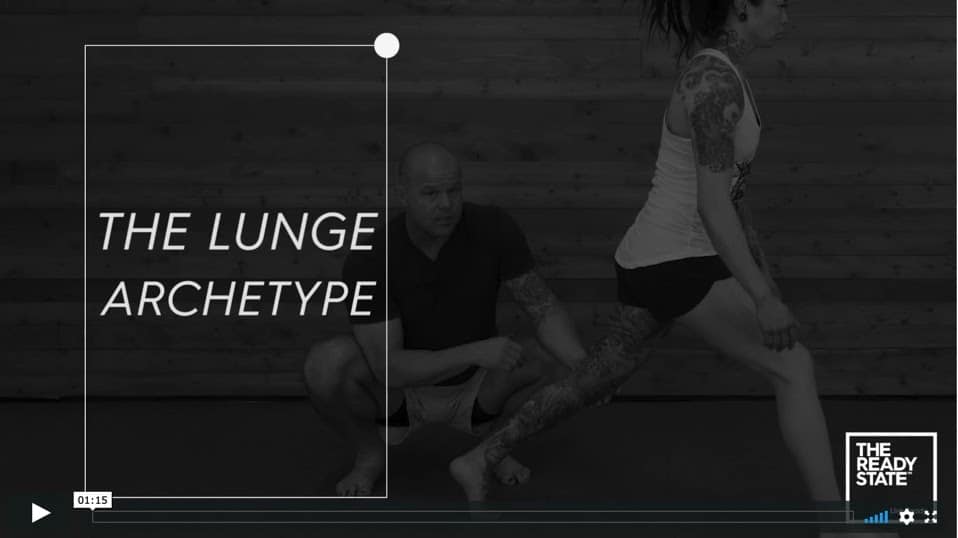
We want to identify if we are able to meet the standard of the Lunge Archetype. This archetype is a diagnostic because it informs us if we have adequate hip extension, hip internal rotation and big toe extension to buffer the demands of running. If we’re missing any and all of these, then we are more likely to create compensatory strategies during every stride.
Regardless of what you’ve Googled about knee pain and running, a majority of these cases can be fixed and avoided by improving how you move and maintain position.
I’ll say it again. Running is a skill. It’s an expression of a series of single-leg exchanges. Oh and by the way, do it fast (well, because – Strava), far and over and over again.
Simple enough right?
Keep in mind, this is not an IF-THEN relationship. I think the biggest misconception is that you have to wait for X to happen before Y. It’s like saying you’re going to get in shape before you join a gym. Again, not to downplay the role of pain, but if you’re pain-free with almost everything else and feel something in your knee at the start or middle of a run, don’t wait it out (meaning rest for 2 weeks) or expect your mobility to be on point before you’re “cleared” to resume your expression of controlled single leg exchanges over speed, distance and time.
So let’s get to work, shall we?
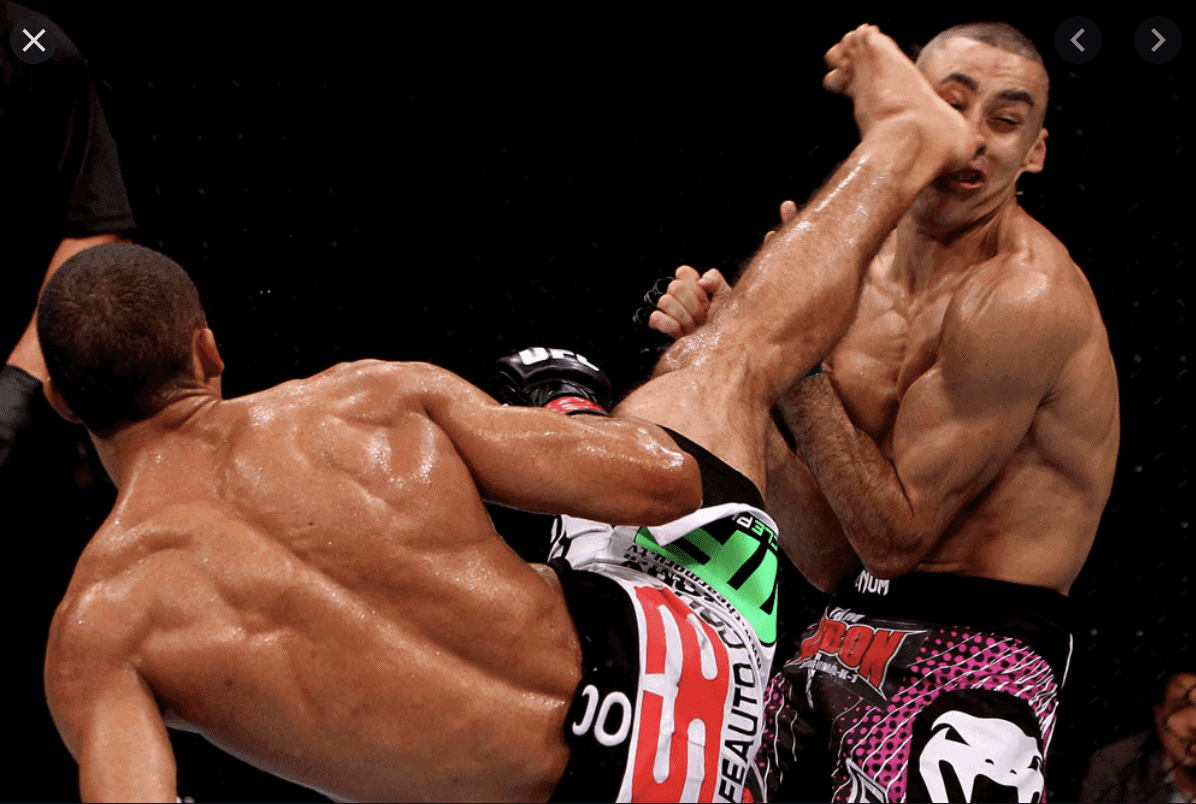
Stop Heel Striking
Unless you’re an MMA fighter looking to take out your opponent or are a handler at the Westminster Dog Show, don’t heel strike. Don’t do it.
Heel striking forces the knee joint to lockout into full extension and erases the contribution of the foot. Now, not to get creepy about my obsession with the foot, but it’s an engineering feet. #dadjoke.
The foot houses approximately 25% of the bones that make up the human body, is composed of 33 joints and more than a hundred muscles, ligaments and tendons.
Heel striking also bypasses the beautiful energy absorbing capabilities of the foot and sends an impulse, of up to 3x body-weight, upstream to the knee, hip, and spine. Whereas, there is nearly a 50% reduction in eccentric loading of the knee with forefoot striking.
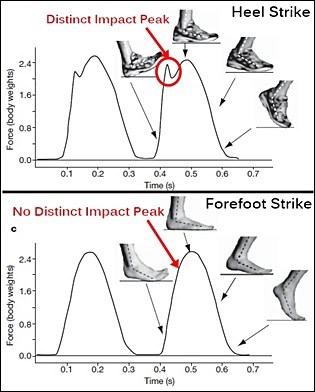
More importantly, heel striking bypasses the energy return of the Achilles tendon. Say that again? Energy return.
As a result, the benefits of the cessation of heel striking are the dampening of impact upon initial contact with the ground; it also increases running economy.
Here is one drill that anyone of any skill level can use to dial in landing.
Stride Length & Cadence
Now that we have all made a pledge to stop heel striking, that consequently will alter the stride length and cadence at which we run. Stride length will shorten which leads to an increase in cadence.
Although there are some debates over the ideal running cadence, a minimum cadence of roughly 180 strides per minute (spm) is required to utilize the muscle-tendon elasticity of the Achilles. Some tips to get acclimated to this cadence are to use a metronome (plenty of apps available) or skipping rope.
Running is a Skill …
Pulling it all together is like Boston playing Foreplay/Longtime or an orchestra putting together a beautiful symphony on repeat. By perfecting each measure of music you will start to assemble a coordinated series of rapid single-leg exchanges while traveling forward efficiently over long distances and breathing hard(er), minus the knee pain.
As always, everyone here at The Ready State has your back, knee, shoulder…
We got you.












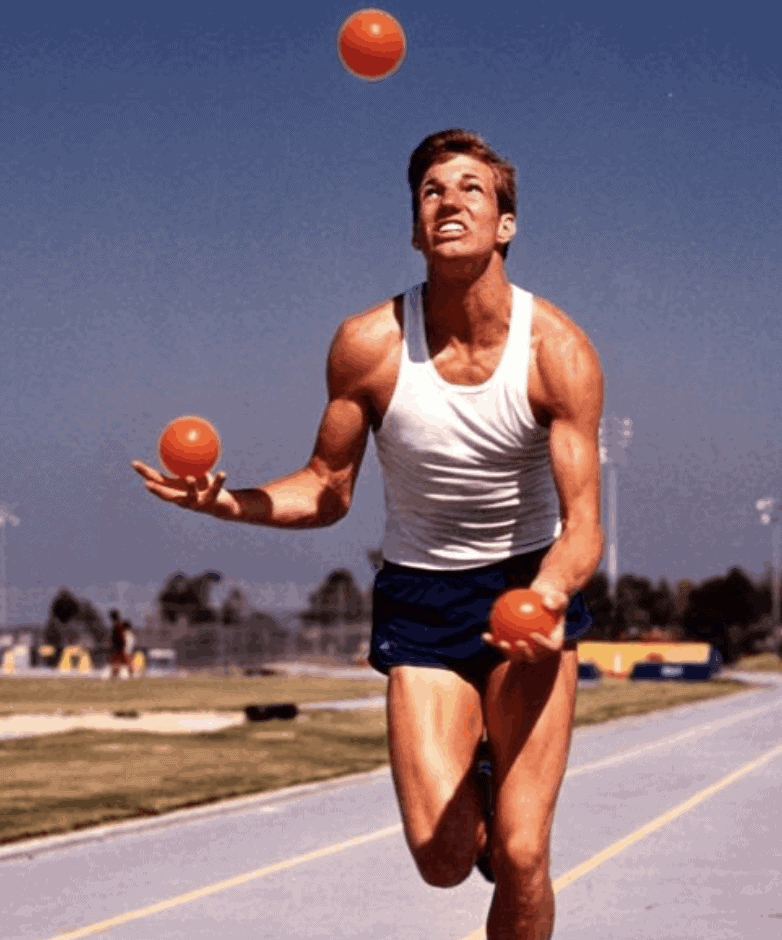
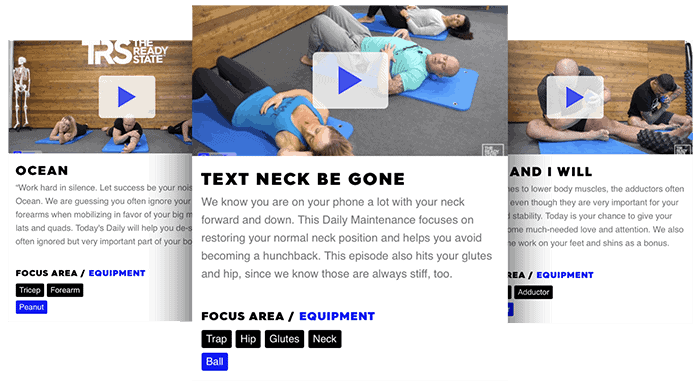






Thank you so much for this article!!! If you have any more resources on running I’d love to read them as I’m trying to take on running at 30 for the first time since high school.